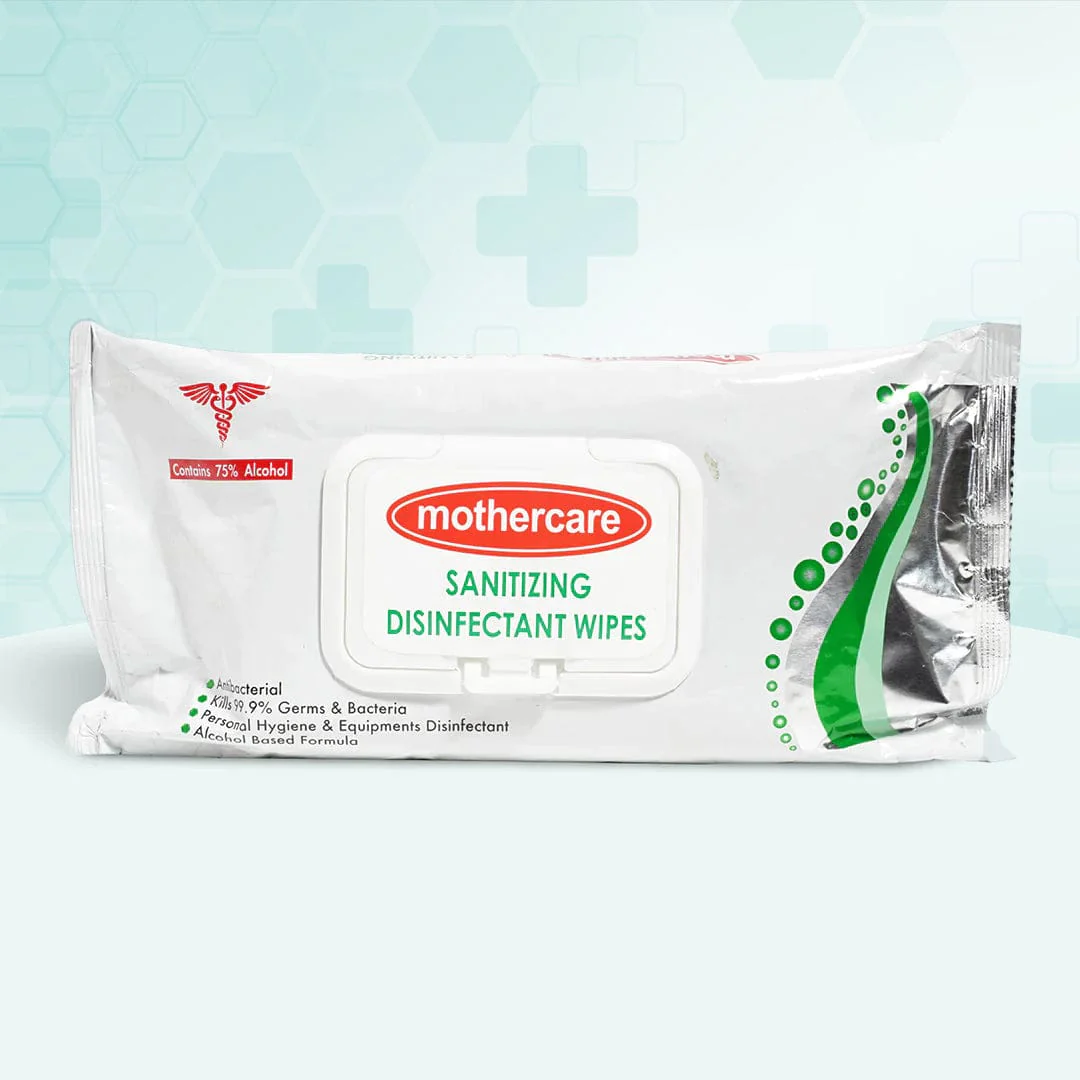Households, offices, and industrial facilities use wipes and/or cleaning rags for just about every clean-up task imaginable. While the use of worn out linens and clothing is still a very common practice to make rags, the availability of special purpose cleaning wipes has led to the use of wipes in a wide range of applications. This article answers the top ten questions asked by customers of one janitorial supply company regarding wipes and cleaning rags.
1) What are wipes? The word “wipes” (wiper is the singular) refers to wiping towels designed for limited use prior to laundry or disposal. They are made from a paper, synthetic, or cloth material.
2) How do wipes differ from paper towels? Paper towels are the simplest form of wipes. Most wipes are designed for a special task by adding formulated ingredients to maximize performance.
3) What are examples of some tasks where wipes are used? Wipes are used to clean, disinfect, and sanitize just about anything. New and innovative formulations for wipes are continually being developed. See partial list below:
- Cleaning industrial heavy duty equipment to remove oil and metal shavings
- Applying thinners, solvents and lubricants to surfaces and parts
- Absorbing large liquid spills
- Removing heavy dirt/oil from face and hands
- Cleaning a baby’s sensitive skin
- Disinfecting surfaces in home, public restrooms, offices, restaurants, etc.
- Cleaning glass, stainless steel, or other special surfaces
- Wiping electronic hardware which requires very low lint
4) What makes wipes different from rags? The term “rag” usually means a cloth towel that is laundered to allow repeated use. Rags are most often salvaged from worn clothing and linens. While readily available in households, most industrial facilities use rental shop towels which are manufactured from old clothing.
5) Why use wipes versus rags? As mentioned previously, wipes are formulated for a specific task, and most rags are for general use. While the average car owner would find the use of a clean rag acceptable to wipe off their car, a car enthusiast might worry about scratching the car’s paint by using a rag.
6) Which are less expensive, wipes or rags? Although wipes generally have a higher upfront cost, consumers purchase two times more wipes than cleaning rags. The better performance of wipes is often cited as the reason behind their decision.
7) What type of wipes should be purchased? Again, the answer depends on the applications. Most brands list the applications for which their products have been formulated. When purchasing wipes, the buyer must match the planned use with the recommended use on the product labeling.

